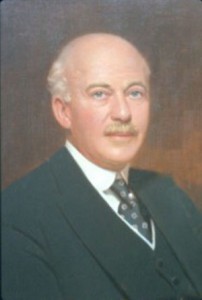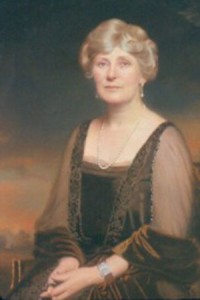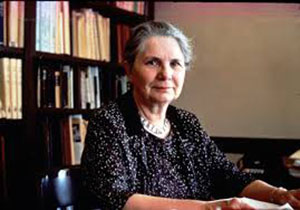main content begins
The roots of the Dunlap Institute stretch back to Canada’s Confederation, and beyond. The Institute would not exist without the sustained efforts of many individuals, over many years, of which the following stand out.
At the same time, he was an enthusiastic and very effective communicator of astronomy to students, teachers, and the public, through lectures, articles, and a best-selling book Our Wonderful Universe. He was also the guiding light for the Royal Astronomical Society of Canada for half a century. One of his lectures gave rise, ultimately, to the David Dunlap Observatory (DDO).
On May 31, 1935, the day of the opening of the DDO, and the day of Chant’s retirement, the University of Toronto awarded him an honorary doctorate.

In 1921, he attended one of Chant’s public lectures, and became interested in astronomy and in Chant’s proposal that Toronto should have a major astronomical observatory. He died in 1924 but after his death, Chant approached his widow Jessie Dunlap, who agreed to donate funds to the University for an observatory in her late husband’s memory.
When the David Dunlap Observatory opened in 1935, it housed the second-largest telescope in the world.

After his death, she continued to support, both financially and personally, their philanthropic and social-welfare projects. She took particular pride in their famous Don Alda Farms, and its award-winning cattle (she was elected Honorary President of the Royal Winter Fair in 1939).
She intensified her public service during World War II, serving as chair of the War Services Committee of the National Council of the YWCA. On May 31, 1935, she was awarded an honorary doctorate by the University of Toronto.

After Frank’s untimely death in 1951, Helen continued her research and teaching as a single mother. She became an international authority on the study of star clusters, and a leader in numerous professional organizations.
She was a pioneer woman in science in Canada, and a role model for many. For over 30 years, she wrote a weekly astronomy column in the Toronto Star, becoming Canada’s best known astronomer. Her awards were many, including appointment in 1976 as a Companion of the Order of Canada—the highest rank.
He is a world authority on the interstellar gas and dust from which new stars and planets form, and has been a leader in many projects and organizations.
He served as chair of Department of Astronomy & Astrophysics for the decade leading up to 2010, during which time he laid the groundwork for the Dunlap Institute, and served as its interim director from 2008 to 2010. When the first director left in 2013, Peter again served as interim director, leading the search for a new director, for new faculty and postdoctoral fellows, and establishing the programs of the Institute.
In 2016, he was appointed an Officer of the Order of Canada.